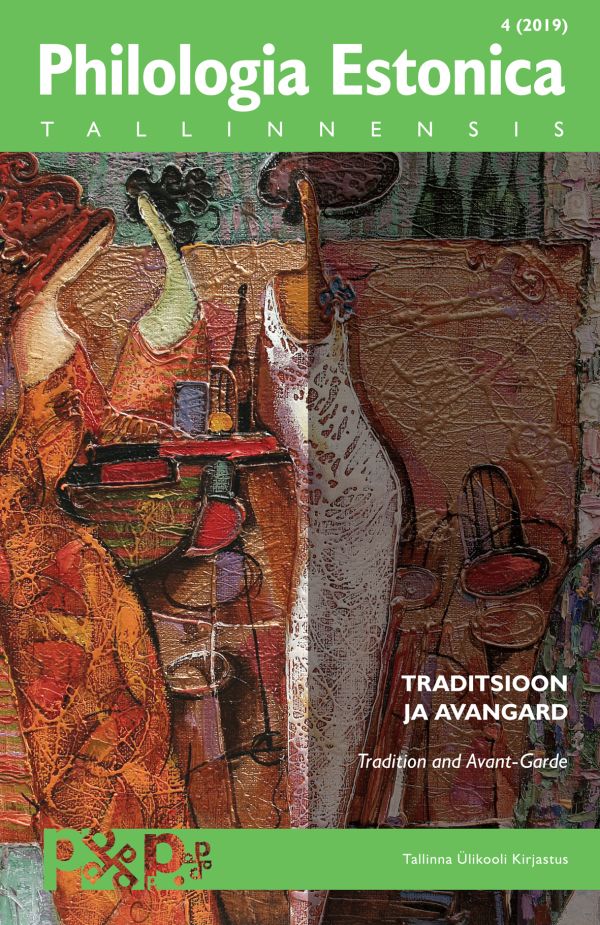Kunstiliste maailmade kehastamine Karl Ristikivi „Hingede öö” näitel
EMBODIMENT OF ARTISTIC WORLDS ON THE BASIS OF KARL RISTIKIVI’S NOVEL
Author(s): Anneli Saro, Hedi-Liis ToomeSubject(s): Theatre, Dance, Performing Arts, Estonian Literature
Published by: Tallinna Ülikooli Kirjastus
Keywords: Estonian literature; embodiment; interactive theatre; reception;
Summary/Abstract: The article explores embodiment as a process of perception, interpretation and co-creation of a literary world from the point of view of producer (director/performer) and receiver (reader/spectator/participant). Estonian classic novel Night of Souls by Karl Ristikivi and the participatory theatre project of the same title by Labyrinth Theatre Group G9 serve as the empirical material of the research. The article compares the literary work with the production and the perceptions of the novel and the production. The analysis relies on a close reading of the novel and on interviews with the producers and 20 spectators. Three forms of embodiment were detected. First, embodiment as a sensuous concretisation of a literary work, through which storyteller’s or main character’s bodily experiences are taken on by the reader/spectator, i.e. gradual immersion into a fictional world and identification with a character takes place. The second form is related to the embodiment of a textual/ fictional world on stage. In theatre theory, embodiment usually only depicts a relationship between a performer and his/her role, but in this article the term denotes materialisation of the whole fictional world. Thus staging is a specific process of perception, interpretation and co-creation that transforms a script into a stage production. The third form of embodiment is characteristic for participatory theatre, where spectators have the possibility to perform somebody in a fictional world or theatre game. The reception research of Night of Souls demonstrated that predominantly the spectators embodied themselves, i.e. a performation of individual existence was realised. Since open participatory theatre works enable receivers to fill gaps with their personal mental and psychical material, spectators interpreted the production either as an artistic environment/world, an exciting role play, a psychotherapeutic trip into personal worlds, or a metaphor for life pilgrimage. Embodiment as a research instrument highlights the embeddedness of body and soul in perception and cognition of an environment/the world. The main character of Night of Souls realises that analysis of singular objects is not reliable, especially when caught by a memory or existential space. Embodiment leads both the character and the reader or spectator to a holistic perception and cognition of the (fictional) world.
Journal: Philologia Estonica Tallinnensis
- Issue Year: 4/2019
- Issue No: 1
- Page Range: 75-96
- Page Count: 22
- Language: Estonian

